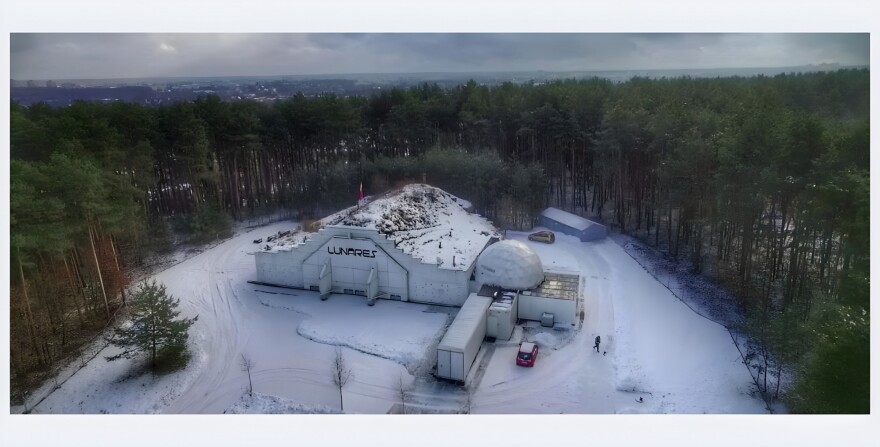Round two for Isaacman
Jared Isaacman has been renominated as NASA administrator after having his initial nomination withdrawn in May.
In the interim, NASA has been headed by Secretary of Transportation Sean Duffy. During this time, human space travel has been championed by Duffy, including plans to build a nuclear reactor on the moon. Most recently, the contract for Artemis III has been reopened by Duffy after an overall slow year in development for SpaceX, the original awardee.
Anthony Colangelo, host of the podcast Main Engine Cutoff, said that Isaacman is largely liked among the space community, but that the same thing cannot be said about Duffy.
“There's been a lot of thought that Duffy has been using [this position] as a way to raise his political influence and his visibility on TV, and that he really likes the job [and he ] wanted to stay around as NASA Administrator,” Colangelo said, “Then it started coming out that Jared Isaacman had a couple meetings with Trump.”
Isaacman is no stranger to space. He commanded SpaceX’s Inspiration4, the first private orbital mission. He later led SpaceX’s Polaris Dawn and became the first private citizen to go on a spacewalk.
He also founded Shift4 Payments, which processes the payments for SpaceX’s Starlink satellites.
“A thing that is often derisively said is that he's just in it for SpaceX, and openly he said that the space flights that he flew came from him trying to invest in SpaceX,” Colangelo said. “It's more of like a patronage situation that he's had with SpaceX, but if any other company was in the position that SpaceX was, he would have went up and knocked on Blue Origin's door, right? He's a guy that wants to see interesting things happen in space and SpaceX is the preeminent player right now.”
Isaacman talked about creating a cooperative relationship between NASA and the commercial space industry to push American spaceflight farther than either could do alone.
“He's obviously an entrepreneur, so he thinks the same way that many of the founders of these companies think, and he approaches it from the same problem-solving methodology, and I think that is attractive to a lot of people in the industry,” Colangelo said.
A trial run for space bases
The largest simulation of human space exploration has concluded.
The World’s Biggest Analog was a project spread over every continent. Simultaneous analog missions were conducted for two weeks at 17 bases around the world, simulating human habitats on the moon, Mars and in between.
Anika Mehlis, the Director of Operations at Mission Control for the World's Biggest Analog, knows firsthand how complex a mission like this can be.

Even with its limits, the project offered valuable lessons to researchers.
“We can't take away gravity, for example, to reduce it to 1/3 or something,” Mehlis said. “You can check out how people behave if you're if they are isolated for a long time. You can develop spacesuits. You can grow your own food and many other things, and that's what we're doing.”
Mehlis said the mission was meant to make mistakes on Earth to make future missions successful. The scale of the project revealed just how complex coordinating such a mission can be.
“We realized even more than we already thought so before [like] how difficult it is to streamline something like this. The sheer size, the sheer number of people, the sheer number or amount of data, just like the file sizes and so on. That's a big, big thing.
The answer to their guiding question -- “How will we live and work in space as a community?” -- was a lot more human than researchers expected. As cultures from around the world came together, communication and openness, as well as the isolation of space, was a barrier the team had to overcome.
"All the technology has to work, and that's very complex, but the human psyche is even more complex,” Mehlis said. “That's the big thing that we need to figure out and to be aware of if we want to send people to Mars, being away for several years on end, under very difficult conditions.”





